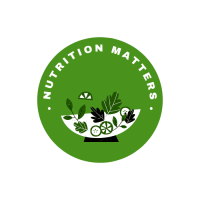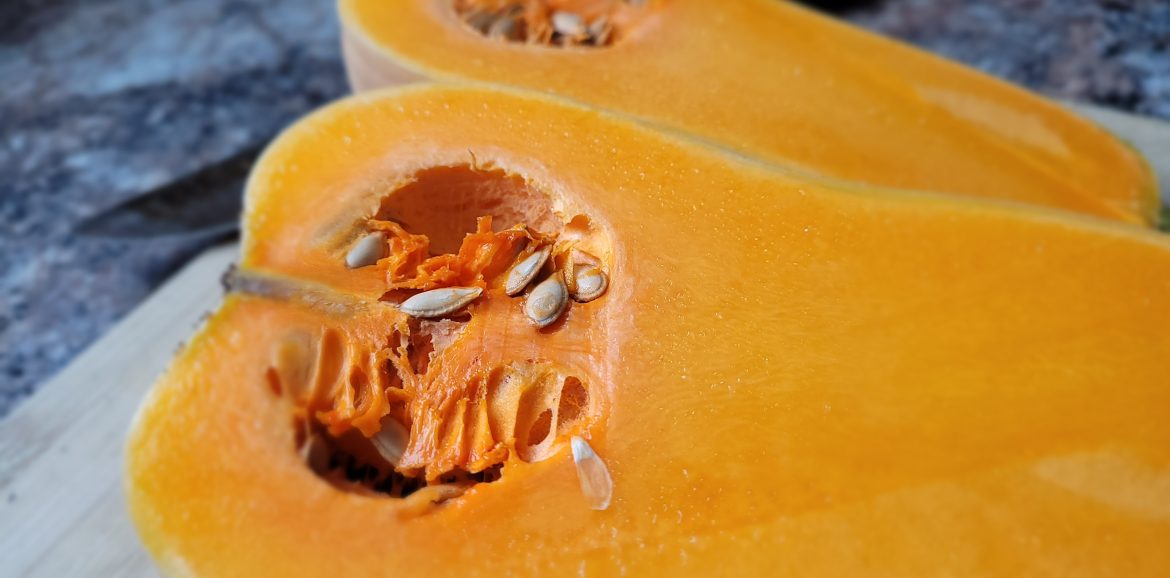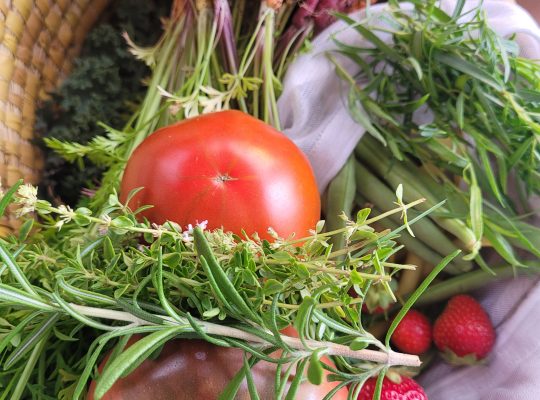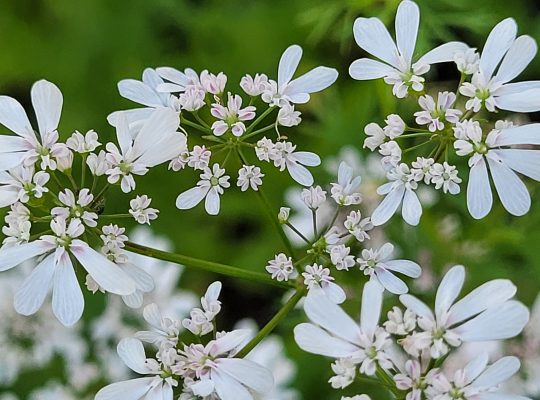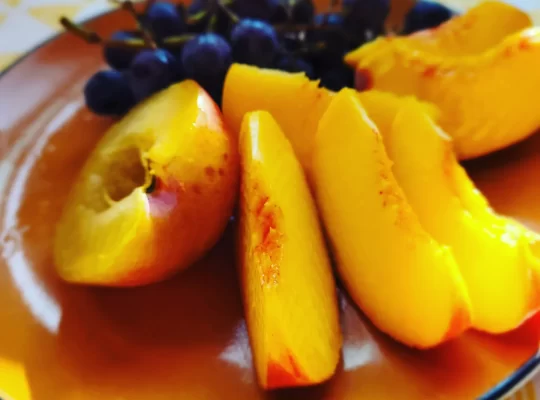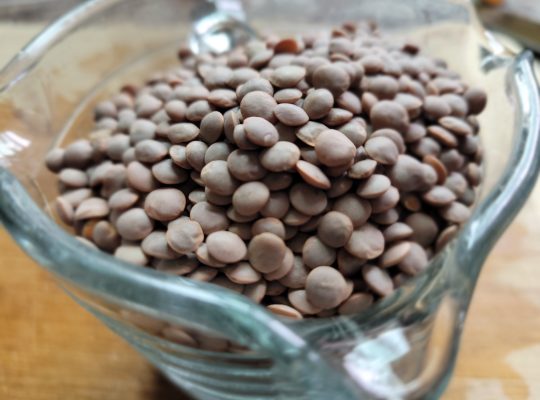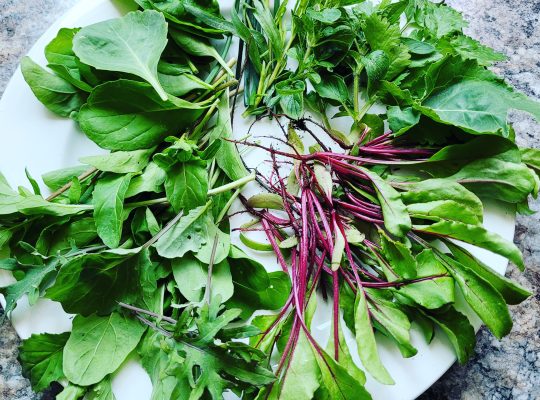‘Tis the season…
Can we agree that it’s the season of bugs creeping up from all directions? When I was little, my mom and dad would pretty much make it the season of ‘onion and garlic at every meal’. Somehow, it’s still what I reach for when winter comes along and everywhere I go there’s a sniffle, sneeze, or cough. Talk about comfort foods! Somehow, it’s never the sweets made with added sugar, which many studies have now shown that they decrease the effectiveness of our immune response.
In fact, this is beautifully albeit unpleasantly illustrated in the weeks following Halloween, when kids (and their significant adults 😉) indulge in a plethora of sweets. Plus, we don’t open windows as much as we should to refresh the air, and so germs get swapped between people.
Yes, you can have some dessert
You know that oldie, but goldie ‘everything in moderation?’ It’s true. You can have dessert with your meals, but as far as snacking goes… also, dessert need not be overwhelmingly sweet to be satisfying. And there’s one more thing: dessert fits well in a diet that’s otherwise nicely balanced. Vegetables and fruits can provide us with compounds that have many properties we benefit from: anti-inflammatory, anticancer, antiparasitic, antiviral and antibacterial, immunomodulatory and anti-diabetic.
We’d want lots of …whatever they are, right?
Okay, nerd alert… because I think it’s important to name these wonderful molecules. After all, they do so much for us. They are called flavonoids and there are many types of them which you may have already heard of, including flavones, isoflavones, anthocyanidins, proanthocyanidins, and tannins. Or you may know them as polyphenols. Mouthful after mouthful of complicated words, I know. One type is called flavonols and were recently shown to be associated with slower cognitive decline in older adults. Better yet, they are the most frequent of these flavonoids and present in foods that are easy to find in your grocery store and many you’re likely already using in your cooking (I hope you do!): kale, tomatoes, onions, broccoli, spinach, apples, pears, oranges, winter sqaush. Green tea (some of the highest concentration!) and olive oil too.
Why would plants need flavonols?
It turns out that plants would have a hard time existing without them, starting with cell growth regulation. They are behind the colour and flavour of the veggies and fruits you love, and they help protect the vitamins and enzymes in those plants, as well as provide protection against fat oxidation. The concentration of flavonoids increases when plants are stressed (excess sun, lack of water, bugs, parasites, etc).
If you ever wondered what attracts pollinators… yep, flavonoids.
What can flavonols do for you?
Lots, it turns out. Two of the most frequently occurring flavonols (they were part of the cognitive study mentioned above) are kaempferol and quercetin. They were also shown to be beneficial for the cardiovascular system:
- They can reduce the oxidation of low-density lipoproteins, which is a risk factor in atherosclerosis,
- They can reduce platelet aggregation which contributes to blood clots formation,
- They support the health of mitochondria (also known as the cells ‘power plants’) in cardiac cells.
And there’s more. They have strong antibacterial, antifungal and antiviral properties, and can boost the immune response. However, there’s an essential player here that we could not do without – our gut microbiome. Certain bacteria strains were shown to help metabolize these beneficial-to-us compounds, and that allows them to exercise their many properties including slowing down the aging process, and reducing the risk of cancer, type 2 diabetes and metabolic disease.
Real foods or supplements?
let’s see: if a little is better, more is best, right? Umm, not really. While supplements based on these powerful compounds are hitting the market (let’s remember that for now the supplements industry is not regulated), it’s easy to overdo it and also, most times, these compounds occur in forms that are most bioavailable to us and our gut bacteria. Therefore, the best way to include them in your diet is via foods you eat daily, or drink daily (green tea). What about red wine, you may ask? I will discuss it in the next blog post.
Our gut bacteria are able to help metabolize flavonoids, which is proof that by choosing the right (some would say ordinary) foods, we provide them with sustenance that allows the good ones to thrive and in turn they help us make the most of every mouthful of healthy, real foods.
References:
